What John Howard told me about the Australia-India cricket rivalry and our changing world
As the huge Indian diaspora contingent in Sydney demonstrates, our people, interests and passion for cricket have brought us even closer together, writes Catherine McGregor.
Opinion
Don't miss out on the headlines from Opinion. Followed categories will be added to My News.
Speaking after Australia had snatched victory in the final session of the Boxing Day Test Match at least one cricket commentator speculated that the Border-Gavaskar Trophy has now eclipsed the Ashes as the premier rivalry in global cricket. I suspect they are right. And cricket is merely reflecting the broader shift in Australian and Indian identity.
The record crowd and the intensity of that final day at the MCG assuaged any fears that I had harboured that Test Cricket may face inexorable decline in the face of the saccharine white ball formats.
Don’t get my wrong. I can enjoy the explosive innovative hitting of the IPL and the BBL as much as anyone.
But Test cricket provided the reassuring cicada hum on the radio, that was the soundtrack to my childhood in regional Queensland. A time of endless possibility in a prosperous, cohesive nation proud of both its military history and sporting prowess.
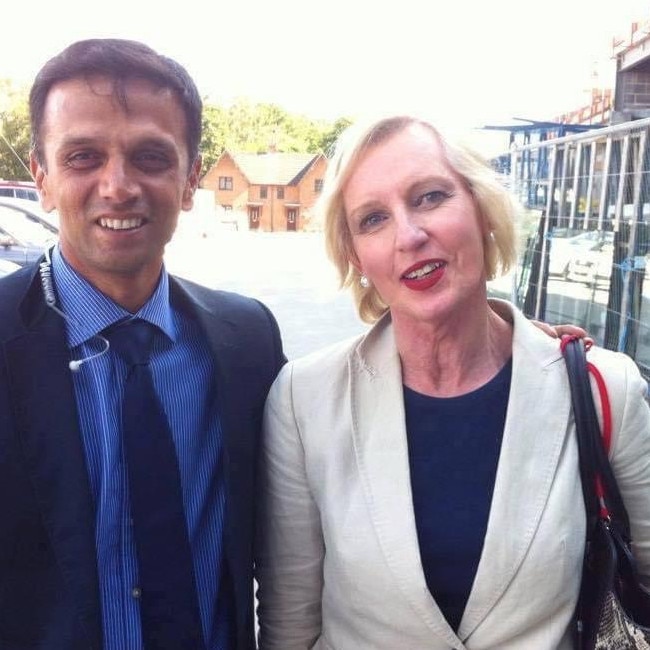
We apologised for neither. Trigger warnings were confined to the weapon range when I was a callow teen at the Royal Military College.
Yet, it took an Indian cricketer to speak eloquently of both war and cricket for me to discern the rich prospect of the geopolitical era we are now navigating.
Rahul Dravid, whose impeccable technique, and implacable temperament earnt him the nickname “The Wall” delivered the Bradman Oration at the Australian War Memorial on the eve of the Indian team opening its 2011-12 campaign in Canberra in December 2012.
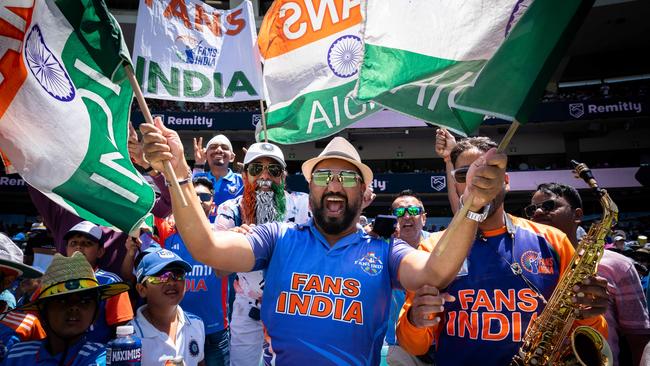
I have written speeches for a living for the better my life. I have heard fewer more eloquent, poignant, or laden with substance.
Standing in the shadow of the Lancaster bomber “G” for George at the Australian War Memorial, Dravid recalled that men from India landed alongside the ANZACS at Gallipoli. They fought beside us at Tobruk in North Africa, and also Malaya.
To the hushed audience Dravid stated “Before we were competitors, Australians and Indians were comrades in arms”.
Both John Howard and Tony Abbott grasped that those blood ties were becoming increasingly relevant as the Indo-Pacific became the potential flashpoint for rising Great Power rivalry as the Pax Americana that began with the end of the Second World War was contested by an Axis of autocracy comprising China, Russia, Iran, and North Korea.
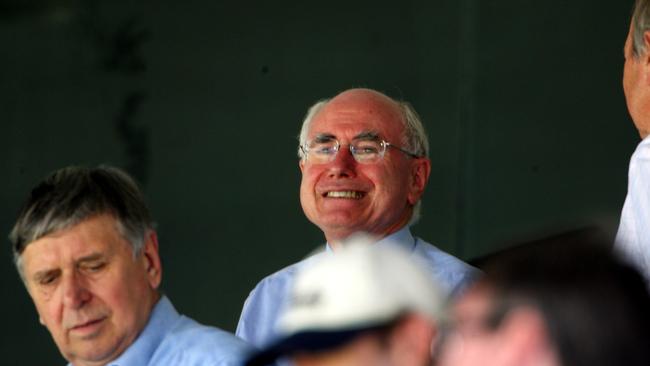
For the past decade Australian strategic policy has been framed towards the stability of the Indo-Pacific and security of our sea lines of communication. Our crucial sea lines of communication are no longer solely guaranteed by the United States Pacific fleet.
Abbott credits the conception the Quad strategic partnership among the United States, India Japan and Australia to his friend and mentor John Howard.
But having failed Tony abysmally as the selector of his Prime Minister’s XI, I at least owe it to him to acknowledge his enduring legacy in this crucial aspect of Australian strategic policy.
A keen student of Australia’s military history he passionately endorsed Dravid’s analysis.
“The Indians fought alongside us at Gallipoli and El Alamein and at the fall of Singapore,” Mr Abbott told me when India last toured Australia after the lockdowns of 2020.
“Ties of kin and blood bound us together even before India became an independent nation. Their soldiers fought bravely in every conflict that shaped us.”
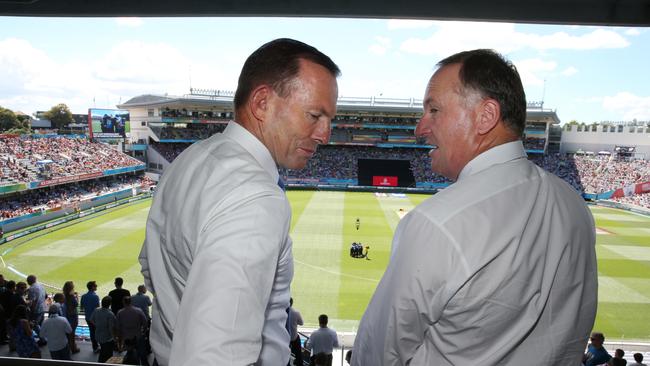
As prime minister, Mr Abbott also nurtured close ties with Shinzo Abe of Japan. Although Sino-Australian relations were then flourishing, Mr Abbott always believed the Quad offered an important power-balancing device in an increasingly contested area of relevance to Australia.
“It is fair to say that John Howard really pioneered the potential of the quadrilateral relationship. But I believe that shared values and interests are vital in sustaining viable long-term security interests,” Mr Abbott said.
After an enthralling opening day at the cricket John Howard enthused that Friday’s play was “hard to beat” among his fondest memories of India-Australia Tests.
Although he voiced the caveat that seeing Kim Hughes lob Bishen Bedi into the crowd for six only to be bowled by the very next ball ranked a close second. Saturday’s frantic hitting and tumbling of wickets has had precedent.
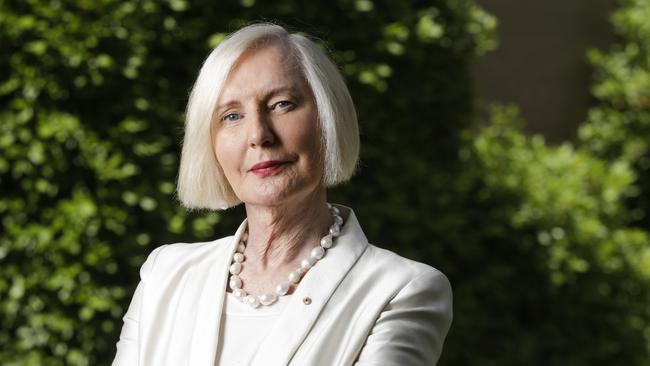
Howard echoed Abbott’s regard both for India’s military contribution to the Two World Wars citing Winston Churchill’s multi-volume history of the Second World War in which he expressed his respect for the steadfastness of an Indian Corps and noting that“there were 16,000 Indian troops at Gallipoli and 1600 died. They have reliably supported liberty in wars alongside us ever since”.
Abbott visited India within 100 days of the election of Prime Minister Narendra Modi. He recalled hearing of Mr Modi’s election at a Liberal fundraiser at Cranbourne racecourse. “As soon as I learned of his victory, I wanted to congratulate him and I stepped into a stairwell to chat. That laid the foundations of my visit to India in 2014.”
Mr Abbott understood that cricket loomed large in Indian culture.
He made a conscious decision to include legendary fast bowler Brett Lee in his official party for the visit to India. Lee is adored by Indians for his cricketing prowess and his roles in Bollywood films. He thus straddles the most powerful cultural influences in modern India.
When India last toured Australia I chatted with Ravi Shastri about his recollection of a visit to Kirribilli House during the Indian tour of 2014-15.
“We spoke for 10 minutes about the broad relationship between our countries. I remember it vividly. He is a busy man so he does not make small talk. He was very eager to learn more,” he said.
Although India’s first series as an independent nation was against Australia in 1947, the acrimonious partition and formation of Pakistan ensured that, until recently, they remained arch rivals.With Tests against Pakistan suspended, Australia looms largest in the psyche of Indians.
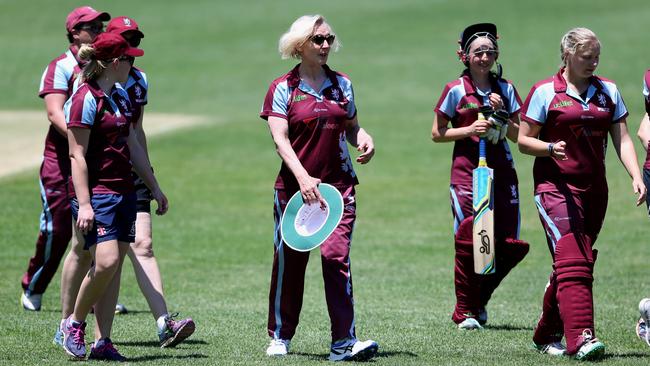
Shastri believes Indians regard Australia as the arch rival in cricket.
“It is true that for a long time after independence our fans and players gauged their status by the results against Pakistan. For a time, perhaps, the West Indies set the benchmark that we sought to match. But today, the challenge of defeating Australia, especially in Australia, is important,” he said.
Having served in our Army for the greater part of my life I hope that Australian and Indian soldiers are not required to shed blood again in a common cause.
But as the huge Indian diaspora contingent in Sydney demonstrates, our people, interests and passion for cricket have brought us even closer together. This weekend has been about passion not politics. But strategic policy is not forged in a vacuum.
My first memories of an Indian tour of Australia were those of Tiger Pataudi’s touring party in 1967-68. Australia was deeply involved in the Vietnam War. India was non-aligned and reliant on Soviet weaponry for its formidable armed forces.
Britain had begun its withdrawal East of Suez. The old order was crumbling. The arc of history points to the truth of the significance of this series.
The Indians are vital strategic partners. A few arguments over DRS dismissals and a churlish dropped shoulder by Virat Kohli cannot impede that.




